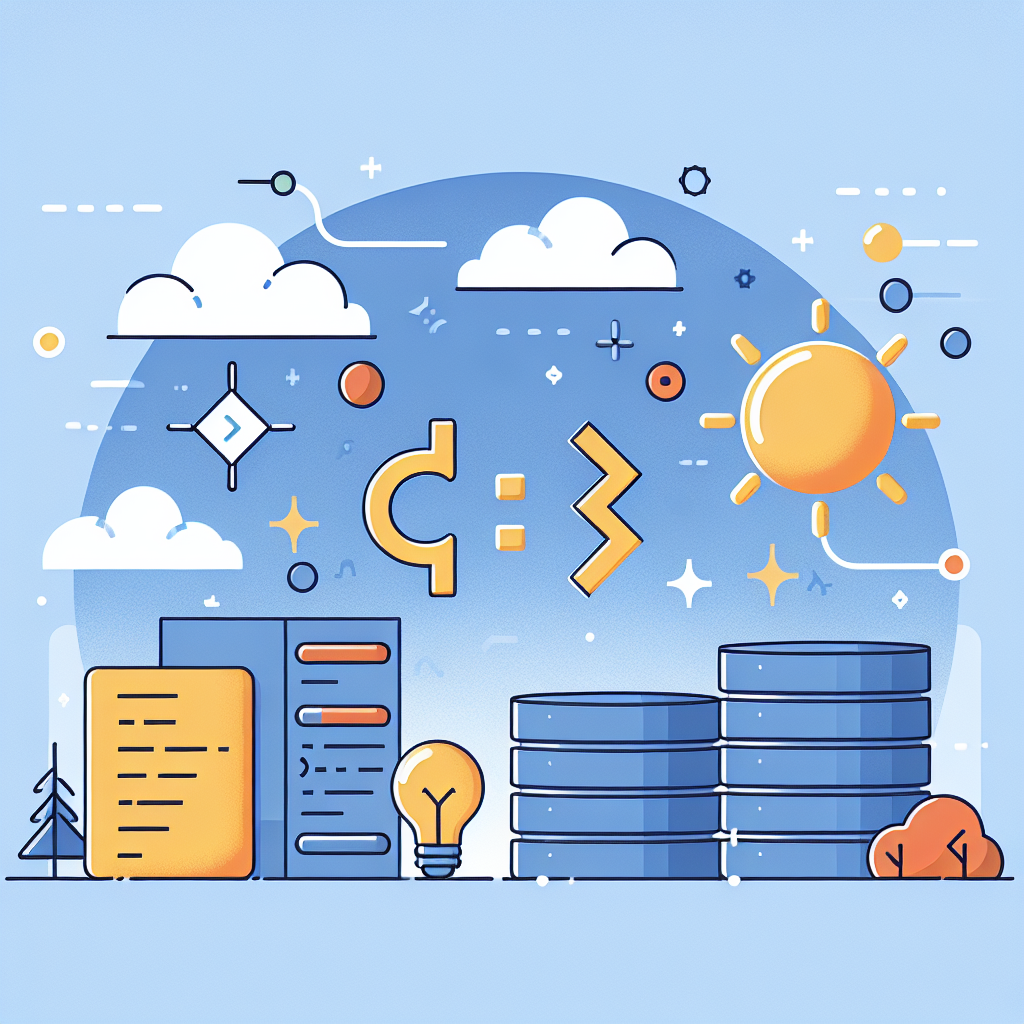Convert C++ to NoSQL Seamlessly: Efficient Tool Guide
Effortlessly convert C++ data structures to NoSQL databases with our innovative tool. Streamline your workflow and enhance scalability today.
Source Code
Converted Code
Output will appear here...
The C++ to NoSQL Converter seamlessly transforms your C++ data structures into efficient NoSQL database formats, enhancing scalability and performance. Ideal for developers migrating legacy systems or optimizing new applications, this tool simplifies data management and boosts productivity. Key benefits include reduced development time and improved data handling efficiency.

C++ to NoSQL Conversion Tool Link to this section #
The 'C++ to NoSQL' tool is designed to streamline the integration of C++ applications with NoSQL databases, enhancing data handling capabilities and optimizing system performance. This tool is essential for developers aiming to transition from traditional SQL databases to flexible NoSQL solutions like MongoDB, Couchbase, or Cassandra.
Core Features Link to this section #
- Automatic Code Mapping: Converts C++ data structures to NoSQL-compatible formats, simplifying the data migration process.
- Schema Generation: Automatically generates NoSQL schemas from C++ classes, ensuring seamless data storage and retrieval.
- Data Serialization: Efficiently serializes C++ objects into JSON or BSON formats, ideal for NoSQL databases.
- CRUD Operations: Simplifies the implementation of Create, Read, Update, and Delete operations within C++ applications.
Benefits Link to this section #
- Seamless Integration: Enables smooth transition from SQL to NoSQL without extensive code rewriting.
- Enhanced Performance: Optimizes data access speeds by leveraging NoSQL's horizontal scalability.
- Flexibility: Supports a variety of NoSQL databases, allowing developers to choose the best fit for their needs.
- Ease of Use: Minimizes the learning curve with intuitive interfaces and comprehensive documentation.
Code Example Link to this section #
Here's a simple example illustrating how to convert a C++ object into a JSON document for MongoDB:
#include <iostream>
#include <nlohmann/json.hpp>
class User {
public:
std::string name;
int age;
User(const std::string& name, int age) : name(name), age(age) {}
nlohmann::json to_json() const {
return nlohmann::json{{"name", name}, {"age", age}};
}
};
int main() {
User user("Alice", 30);
nlohmann::json json_doc = user.to_json();
std::cout << json_doc.dump(4) << std::endl;
return 0;
}
Related Technologies Link to this section #
- JSON/BSON: Crucial formats for data interchange between C++ and NoSQL databases.
- Object-Relational Mapping (ORM): Facilitates the conversion of data between incompatible type systems.
For further insights on NoSQL databases, refer to MongoDB's Official Documentation and Cassandra's Guide. These resources provide comprehensive details on database-specific configurations and optimizations.
Frequently Asked Questions
How can I connect a C++ application to a NoSQL database?
To connect a C++ application to a NoSQL database, you typically need to use a database-specific library or driver. For instance, if you're using MongoDB, you can use the MongoDB C++ Driver. These libraries provide the necessary functions to establish a connection, execute queries, and handle data within your C++ application.
What are some popular NoSQL databases that support C++ integration?
Some popular NoSQL databases that offer C++ integration include MongoDB, Couchbase, and Apache Cassandra. Each of these databases provides specific C++ drivers or libraries that facilitate interaction with the database from a C++ application, enabling operations such as data retrieval, insertion, and updates.
Are there any performance considerations when using C++ with NoSQL databases?
Yes, there are several performance considerations when using C++ with NoSQL databases. These include the efficiency of the driver or library being used, network latency, and the complexity of the queries or operations. It's important to optimize the connection settings, use connection pooling if available, and ensure efficient data handling within your C++ application to minimize overhead and maximize performance.